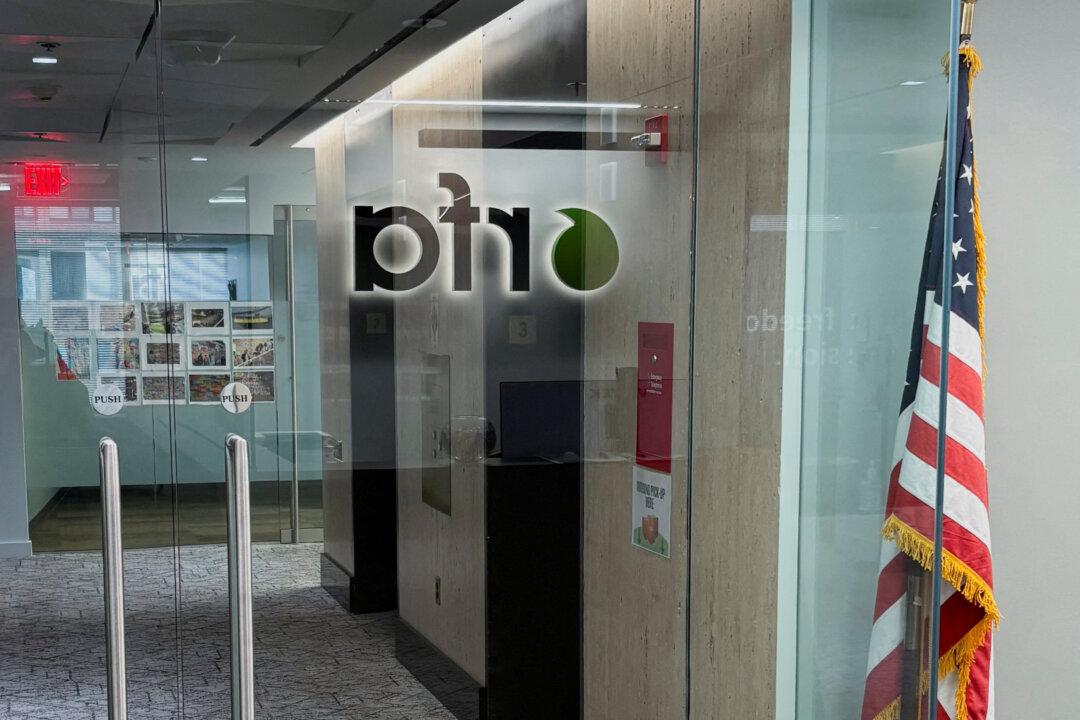Commentary
Deadly floods ravaged Zhengzhou, the provincial capital of Henan Province in central China, affecting millions of Chinese residents. As of July 29, the official death toll was 99, but the actual number may be much higher due to Beijing’s strict censorship.





